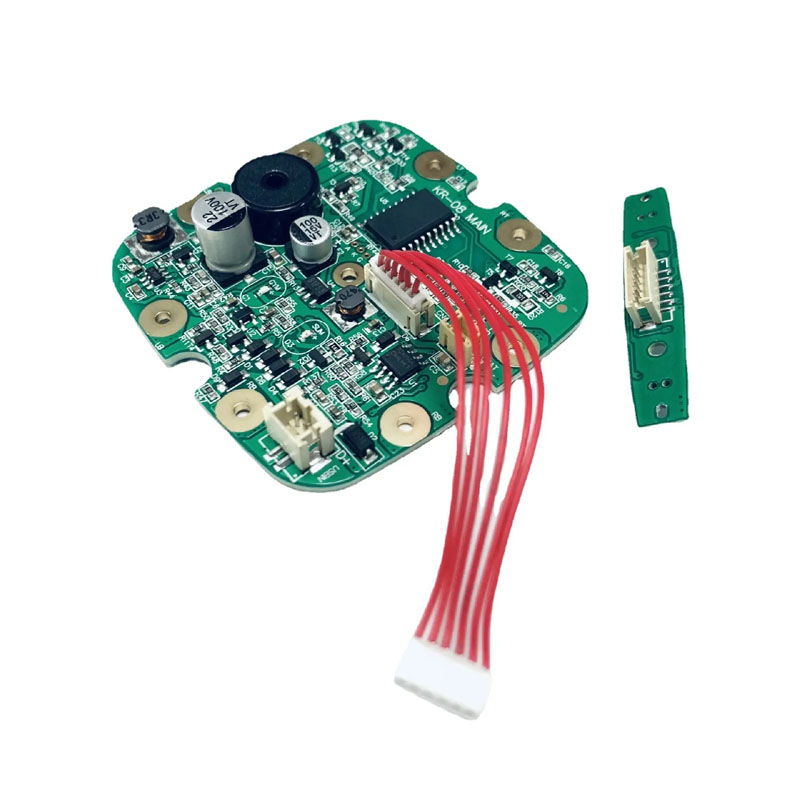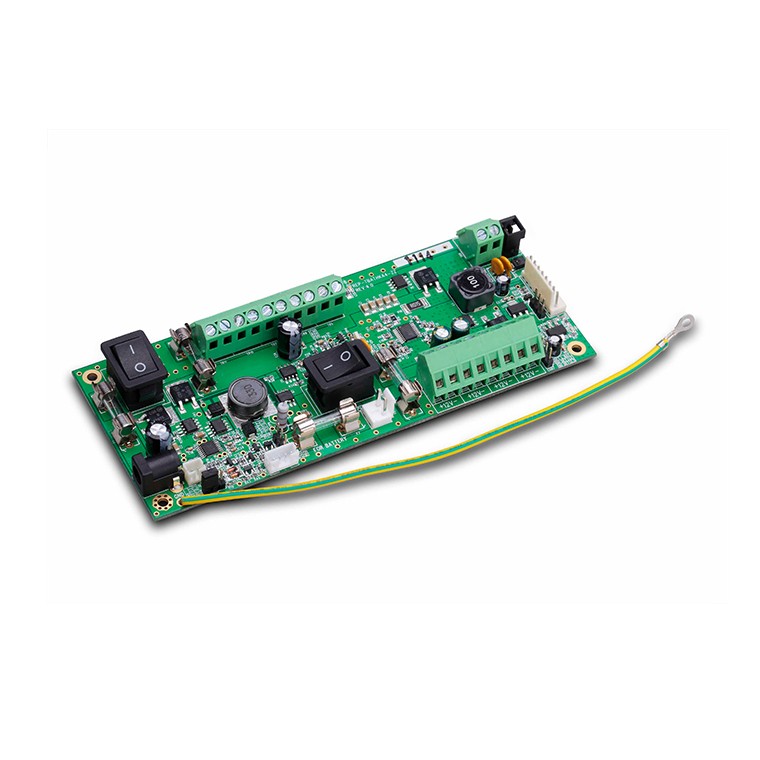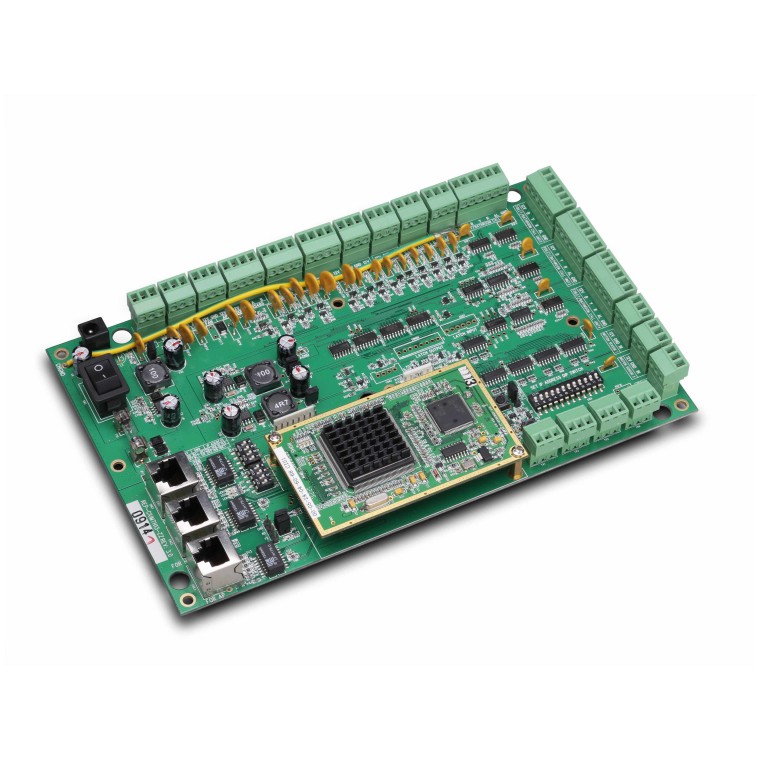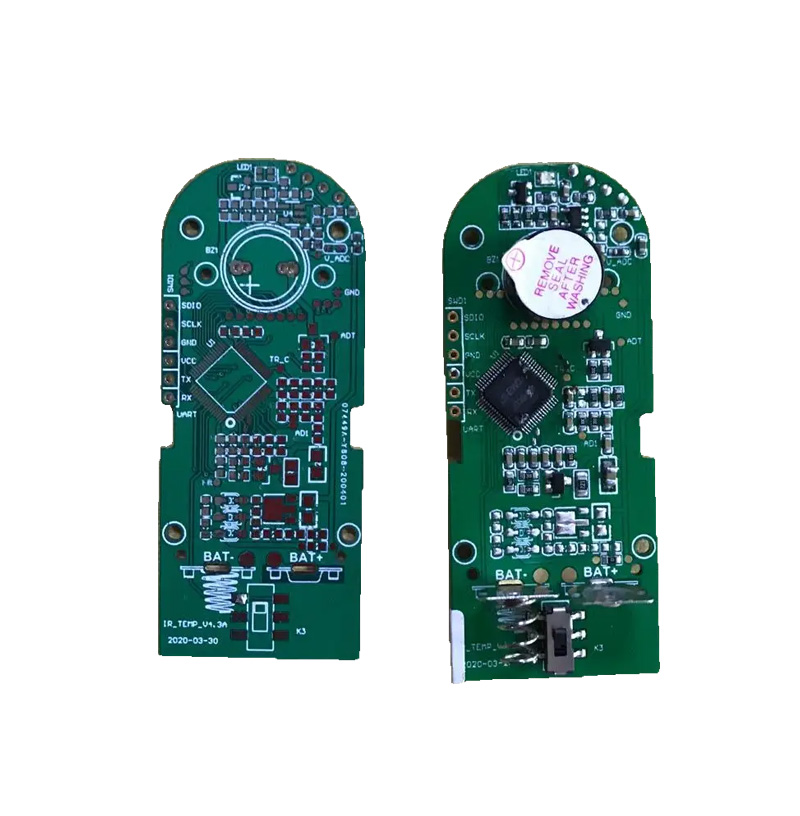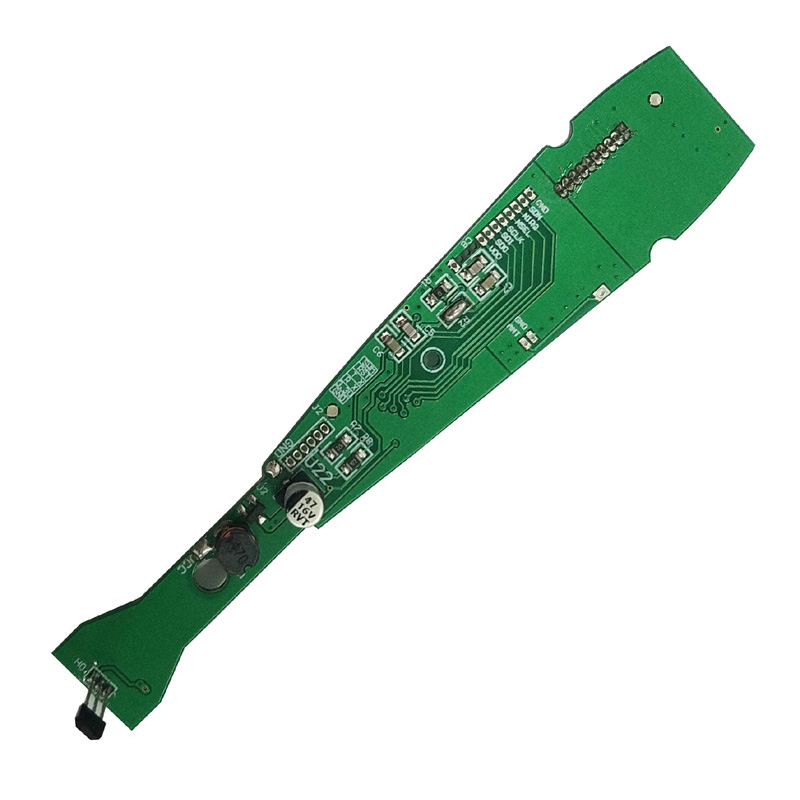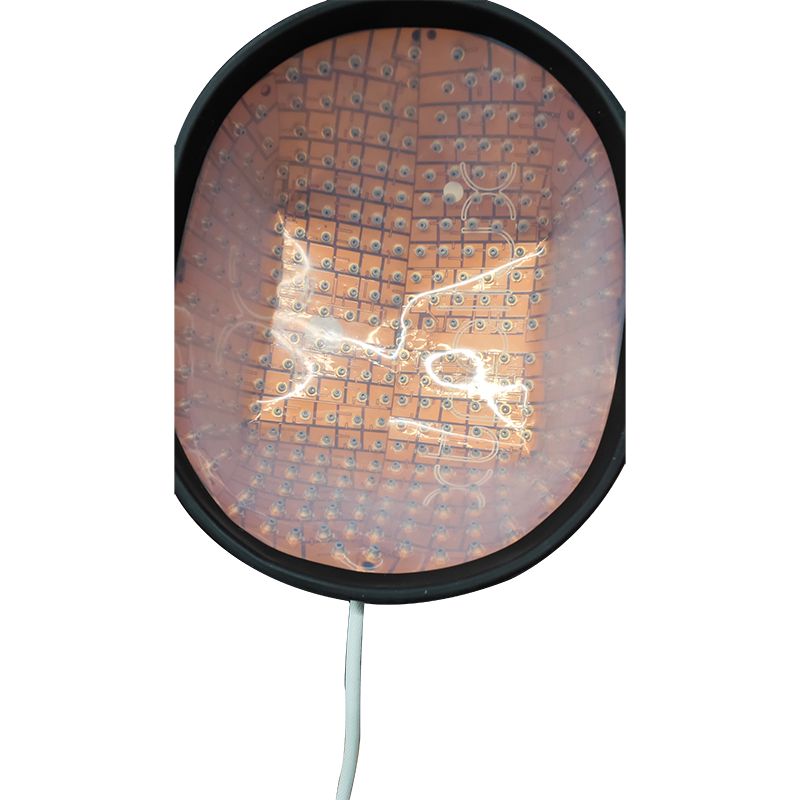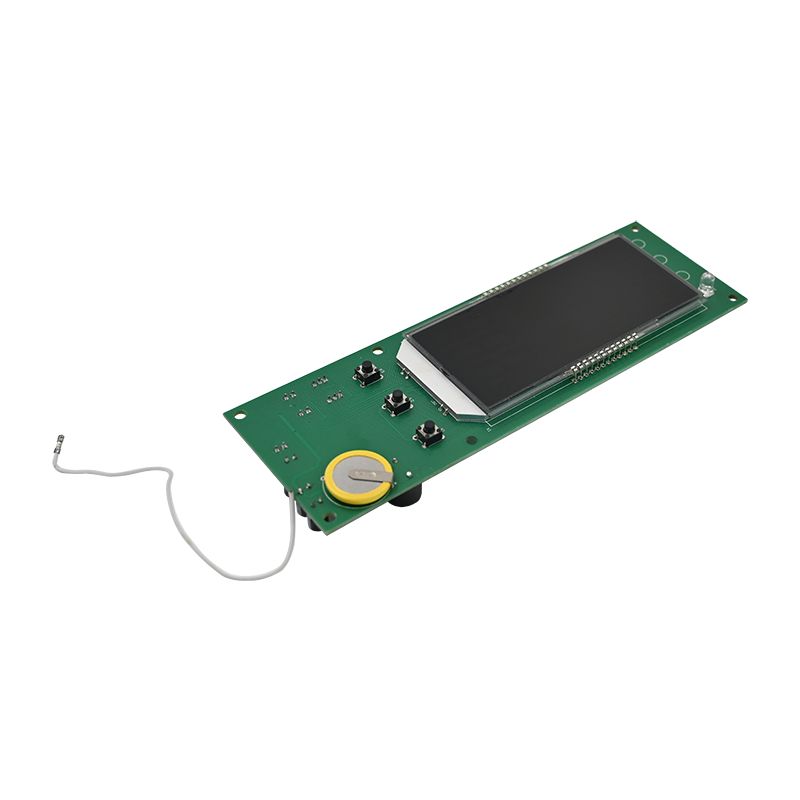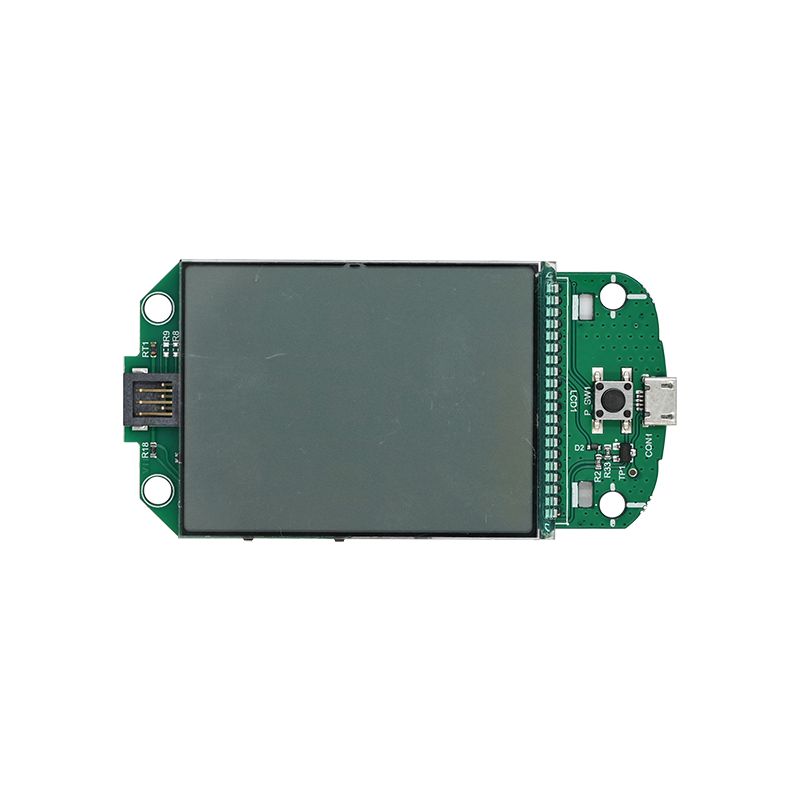- English
- Español
- Português
- русский
- Français
- 日本語
- Deutsch
- tiếng Việt
- Italiano
- Nederlands
- ภาษาไทย
- Polski
- 한국어
- Svenska
- magyar
- Malay
- বাংলা ভাষার
- Dansk
- Suomi
- हिन्दी
- Pilipino
- Türkçe
- Gaeilge
- العربية
- Indonesia
- Norsk
- تمل
- český
- ελληνικά
- український
- Javanese
- فارسی
- தமிழ்
- తెలుగు
- नेपाली
- Burmese
- български
- ລາວ
- Latine
- Қазақша
- Euskal
- Azərbaycan
- Slovenský jazyk
- Македонски
- Lietuvos
- Eesti Keel
- Română
- Slovenski
- मराठी
- Srpski језик
Smart Weighing Scale PCBA
Send Inquiry
If you are looking for a comprehensive selection of Smart Weighing Scale PCBA manufactured in China, Unixplore Electronics is your ultimate source. Their products are priced very competitively and accompanied by top-notch after-sales service. Moreover, they have been actively seeking WIN-WIN collaborative relationships with customers from all over the world.
When designing a smart weighing scale PCBA (Printed Circuit Board Assembly), you need to consider the following aspects:
Hardware design: First, you need to determine the type of sensor to use, such as a pressure sensor to measure weight. The sensor needs to be able to accurately convert body weight into an electrical signal. In addition, a microcontroller (such as an MCU) is required to receive and process these signals, as well as a power module to provide power.
Circuit Design: Design circuit boards to connect sensors, microcontrollers, and other necessary electronic components (such as resistors, capacitors, etc.). Circuits need to be able to accurately pass and process electrical signals.
Software Development: Writing the software that controls the microcontroller. This software needs to be able to read and process the signals from the sensors, convert them into weight readings, and display them on the display. In addition, the software needs to be able to handle other functions such as automatic taring, display accuracy, low-voltage measurement, etc.
Appearance design: Design the appearance of the smart scale, including the location and layout of panels, displays, sensors, etc. The panel needs to be large enough so that the user can stand on it and measure weight. The display needs to be clearly visible so the user can take a weight reading.
Testing and optimization: During the manufacturing process, smart scales need to be tested to ensure their accuracy and reliability. Depending on test results, adjustments and optimizations to hardware, circuitry, or software may be required
* Blank PCB made, components purchased by us
* PCB fabrication with parts fully assembled
* 100% Function Tested OK before shipping
* RoHS compliant, Lead-free manufacturing process
* Quick delivery, with independent ESD package
* One stop electronic manufacturing service for PCB design, PCB layout, PCB manufacture, components procurement, PCB SMT and DIP assembly, IC programming, function test, packaging and delivery
| Parameter | Capability |
| Layers | 1-40 layers |
| Assembly Type | Through-Hole (THT), Surface Mount (SMT), Mixed (THT+SMT) |
| Minimum Component Size | 0201(01005 Metric) |
| Maximum Component Size | 2.0 in x 2.0 in x 0.4 in (50 mm x 50 mm x 10 mm) |
| Component Package Types | BGA, FBGA, QFN, QFP, VQFN, SOIC, SOP, SSOP, TSSOP, PLCC, DIP, SIP, etc. |
| Minimum Pad Pitch | 0.5 mm (20 mil) for QFP, QFN, 0.8 mm (32 mil) for BGA |
| Minimum Trace Width | 0.10 mm (4 mil) |
| Minimum Trace Clearance | 0.10 mm (4 mil) |
| Minimum Drill Size | 0.15 mm (6 mil) |
| Maximum Board Size | 18 in x 24 in (457 mm x 610 mm) |
| Board Thickness | 0.0078 in (0.2 mm) to 0.236 in (6 mm) |
| Board Material | CEM-3,FR-2,FR-4, High-Tg, HDI, Aluminum, High Frequency, FPC, Rigid-Flex, Rogers, etc. |
| Surface Finish | OSP, HASL, Flash Gold, ENIG, Gold Finger, etc. |
| Solder Paste Type | Leaded or Lead-Free |
| Copper Thickness | 0.5OZ – 5 OZ |
| Assembly Process | Reflow Soldering, Wave Soldering, Manual Soldering |
| Inspection Methods | Automated Optical Inspection (AOI), X-ray, Visual Inspection |
| Testing Methods In-House | Functional Test, Probe Test, Aging Test, High and Low Temperature Test |
| Turnaround Time | Sampling: 24 hours to 7 days, Mass Run: 10 - 30 days |
| PCB Assembly Standards | ISO9001:2015; ROHS, UL 94V0, IPC-610E class ll |
● Smart Weighing Scale PCBA Function test fixture customized according to client’s test requirements
● Box building service including plastic & metal case mold and part production
● Conformal coating including selective lacquer coating, epoxy resin potting
● Wire harness and cable assembly
● Finished product assembly including box, screen, membrane switch, labelling and customized carton or retail box packing.
● Various third-party tests for PCBA are available upon request
● Product Certification Assistance
-
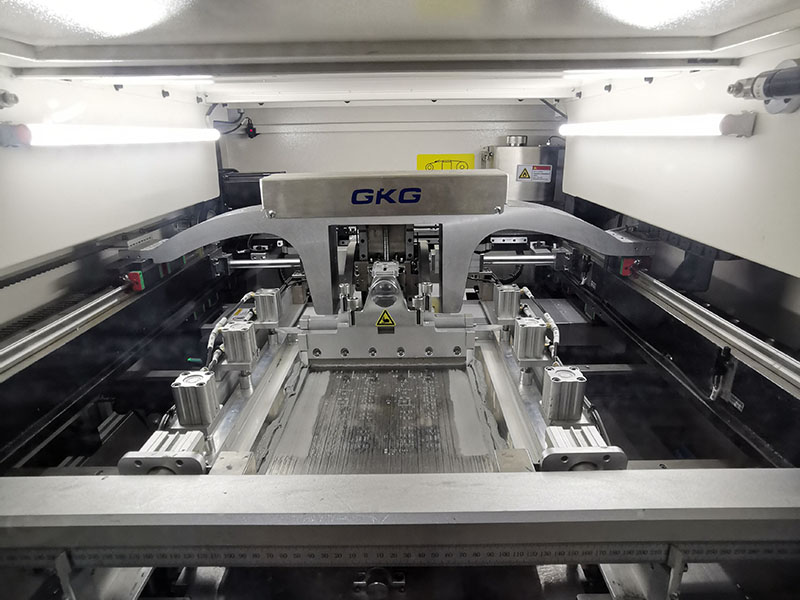
1. Automatic solderpaste printing
-

2. solderpaste printing done
-

3. SMT pick and place
-
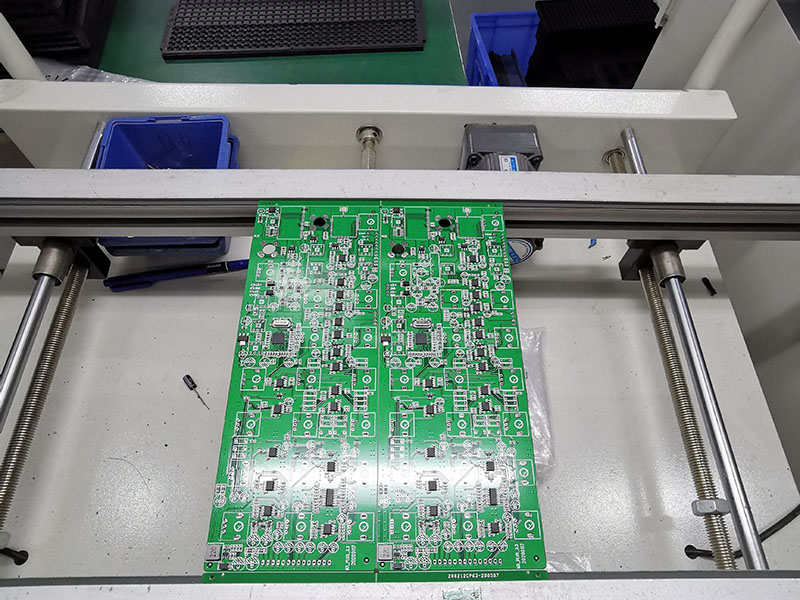
4. SMT pick and place done
-
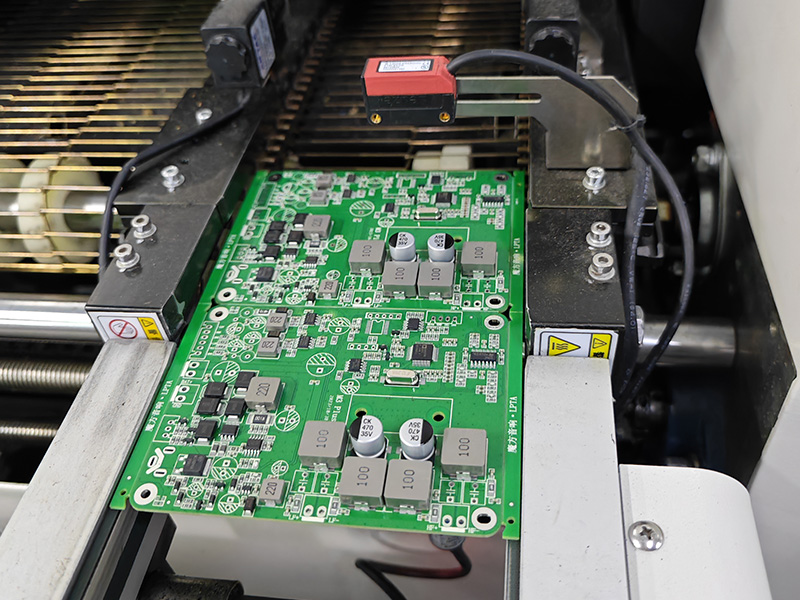
5. ready for reflow soldering
-

6. reflow soldering done
-
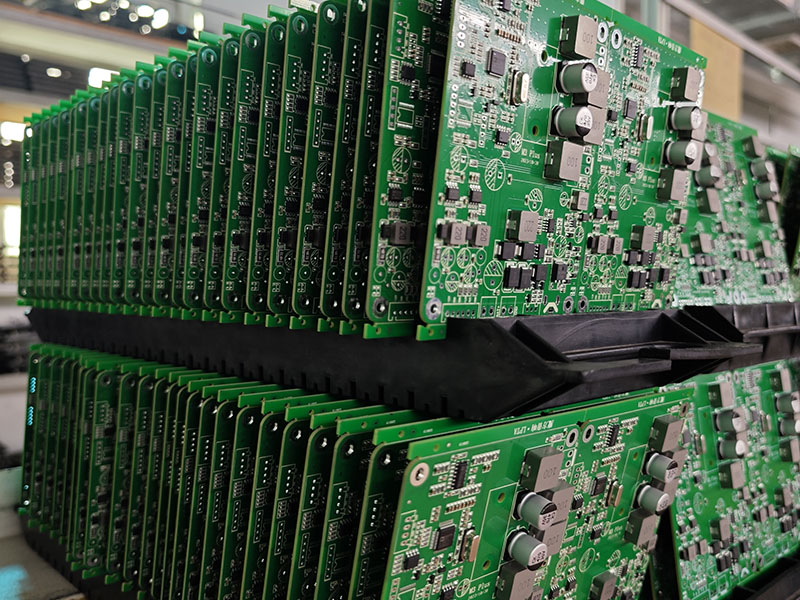
7. ready for AOI
-
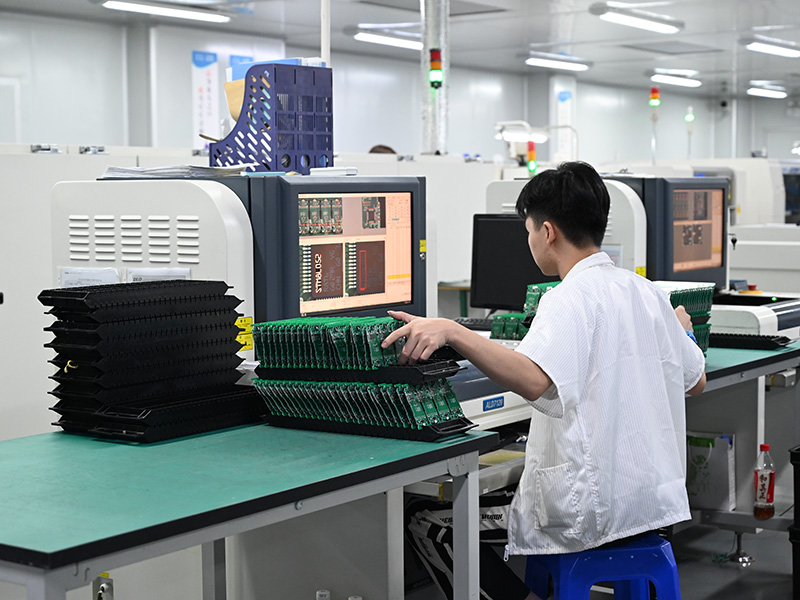
8. AOI inspection process
-

9. THT component placement
-
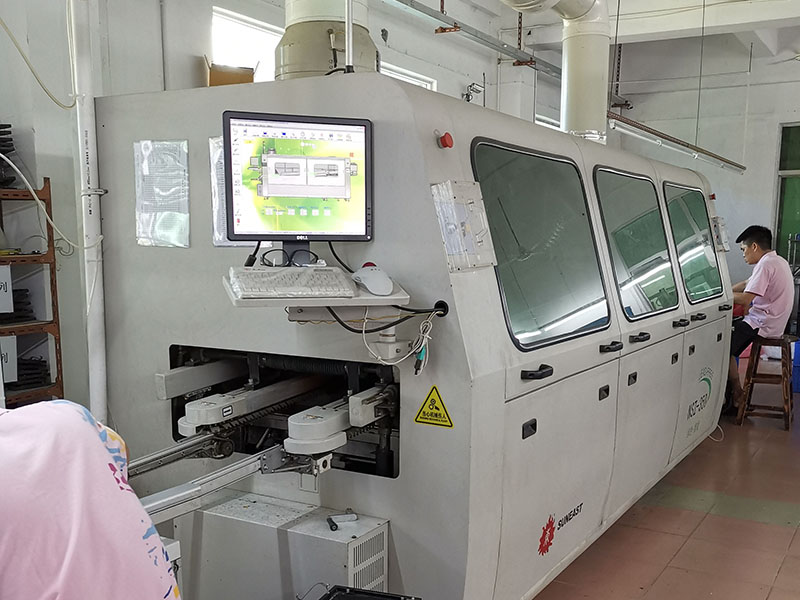
10. wave soldering process
-

11. THT assembly done
-
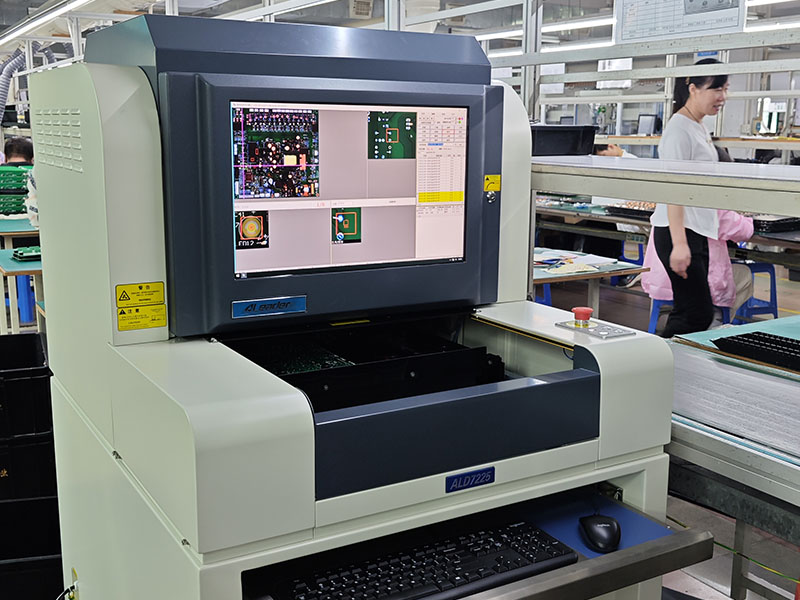
12. AOI Inspection for THT assembly
-
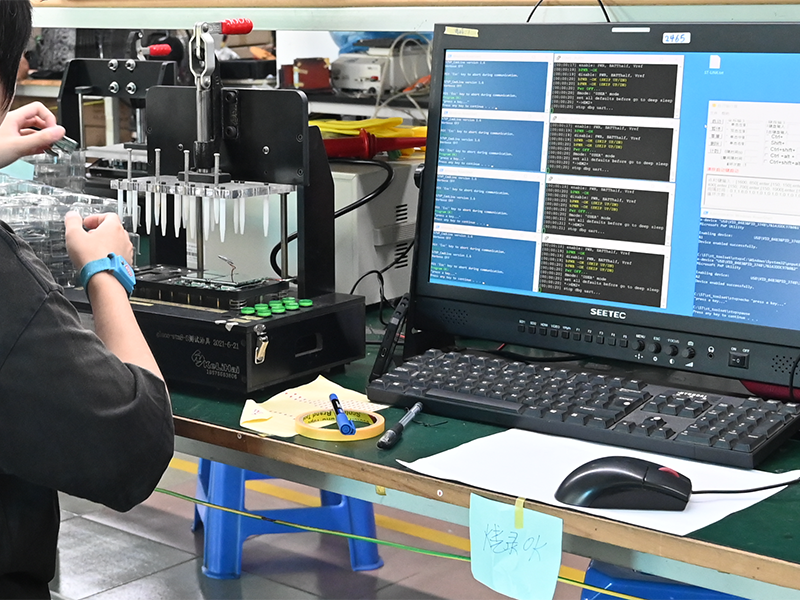
13. IC programming
-

14. function test
-
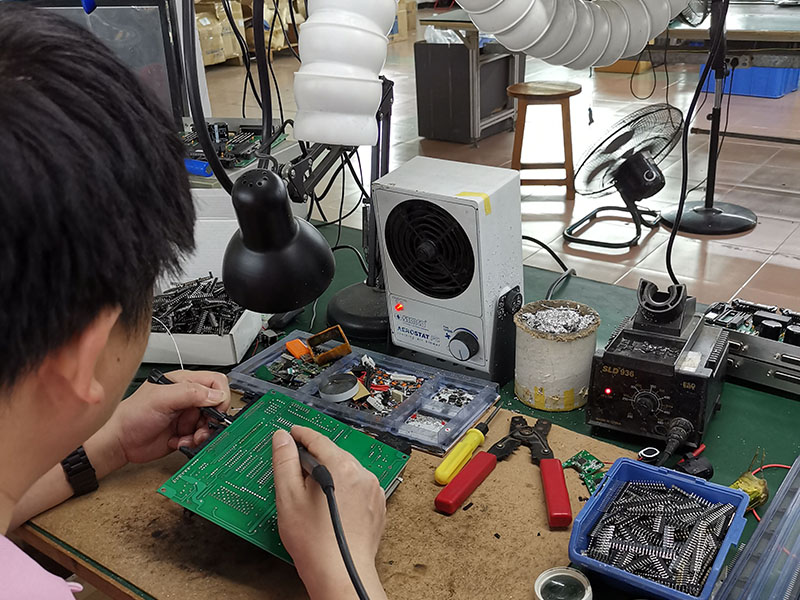
15. QC Check and Repair
-
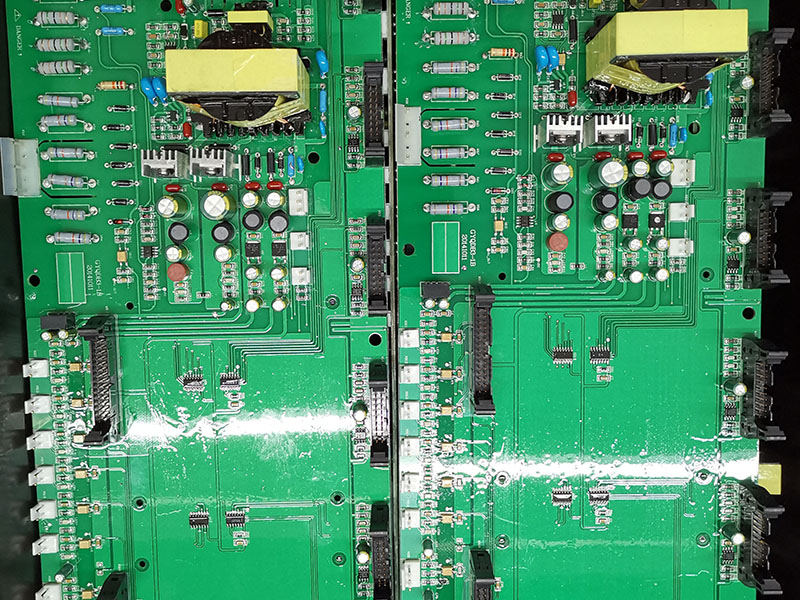
16. PCBA conformal coating Process
-
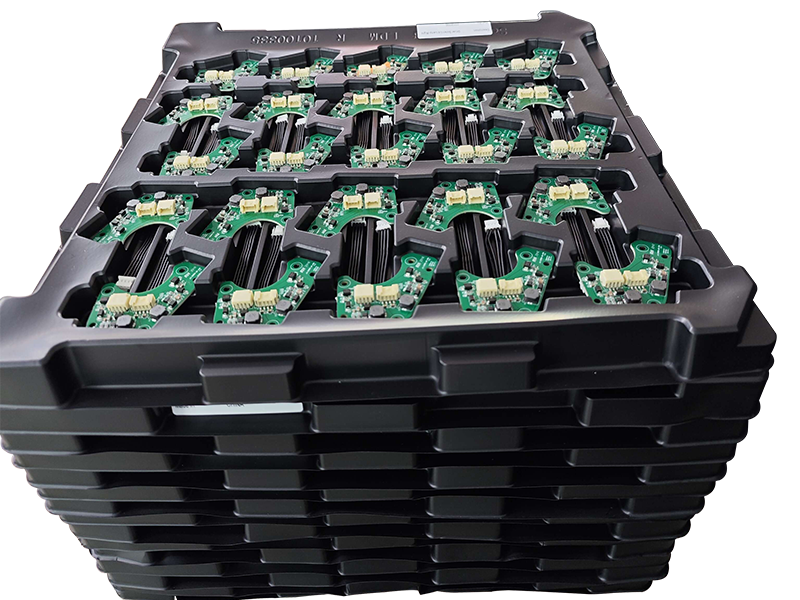
17. ESD packing
-
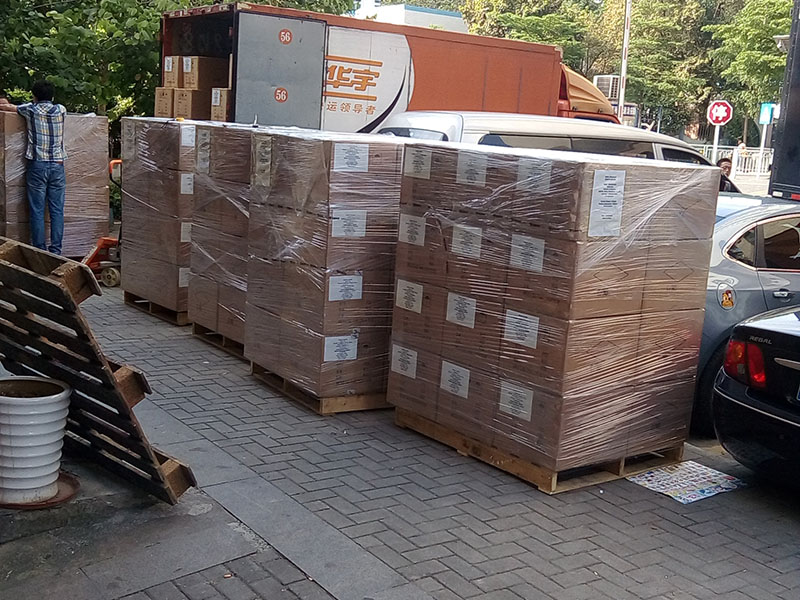
18. Ready for Shipping
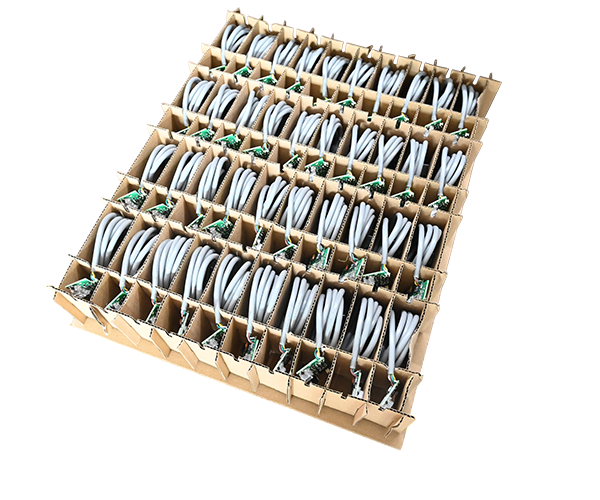
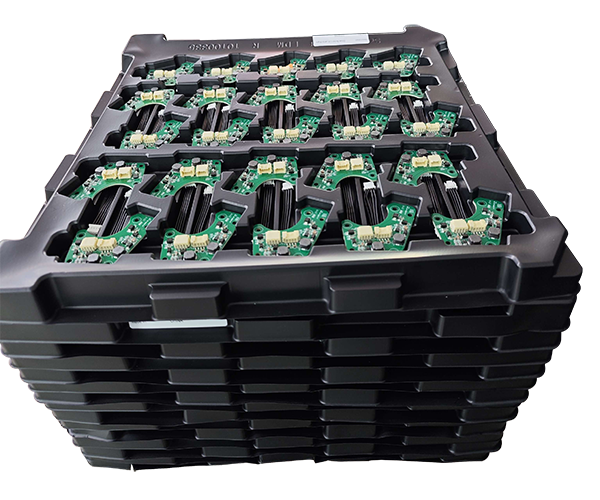

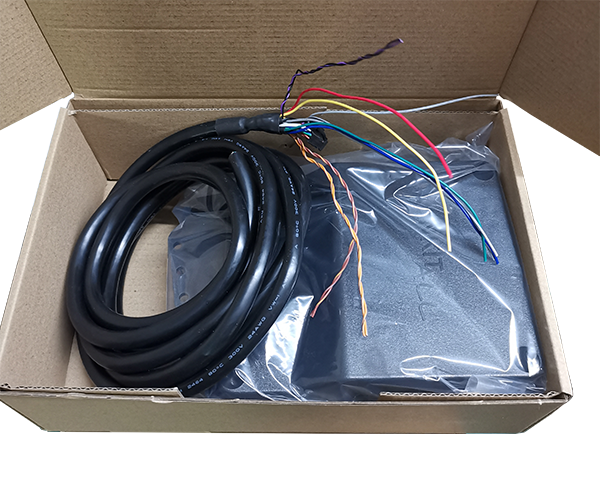
Home Appliance PCBA
Industrial Control PCBA
Automobile PCBA
Consumer Electronics PCBA
Medical Equipment PCBA
Security System PCBA
Healthcare PCBA
LED Lighting PCBA
IoT PCBA
Electric Gardening Tool PCBA
-
Delivery Service






-
Payment Options






